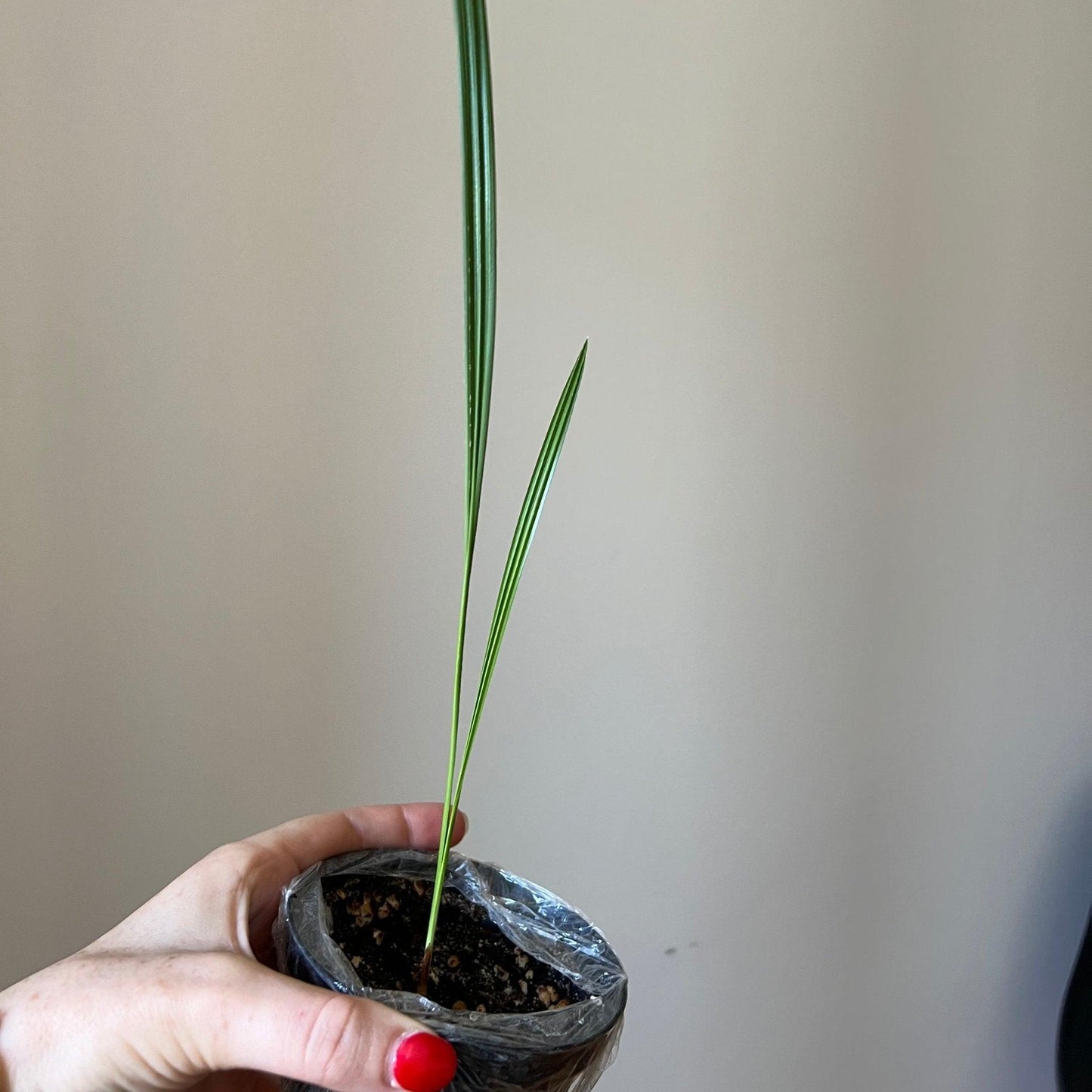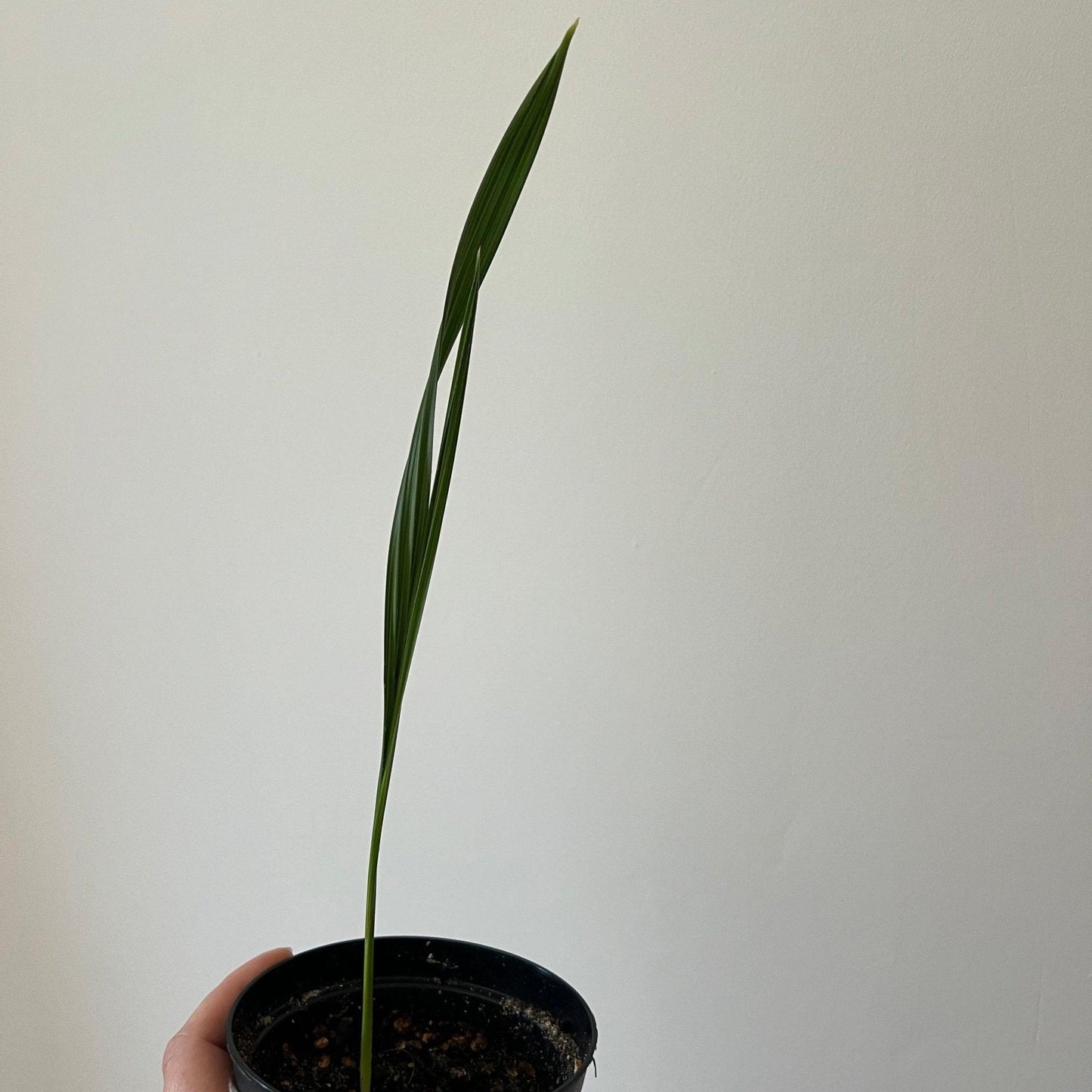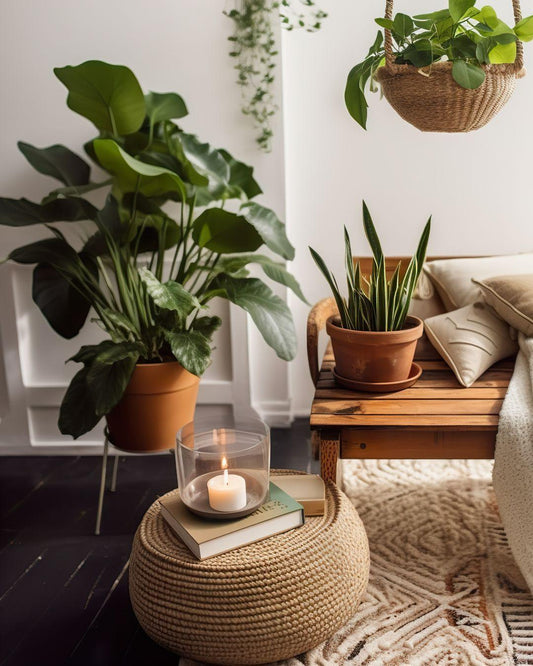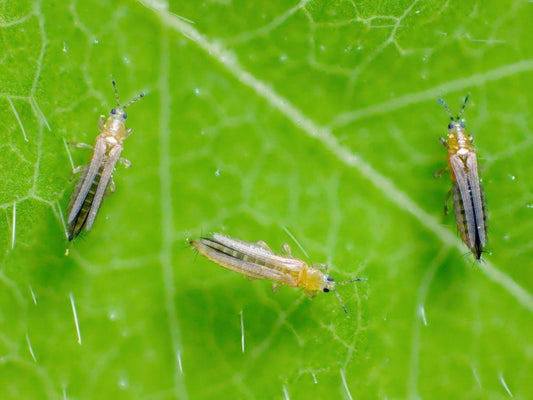Date palm
Date palm
Out of stock
Plant Name: Phoenix Dactylifera (Date Palm)
I personally produced these palms from the Medjool date seed.
The plant comes with a plastic pot and high-quality, professional, draining substrate.
Available in different sizes based on the diameter of the vase.






Phoenix dactylifera can be grown in open ground when it reaches a height of at least 1-1.5 meters.
At this size, the plant is robust enough to cope with outdoor weather and has a well-developed root system.
Below this size it must be grown in a pot and protected from the cold.
It can be planted alone or together with other palms, along paths and in the garden, but it also looks good in flowerbeds.
It can also be grown as a houseplant , in which case it requires a lot of light.
About the plant🪴
Characteristics of the plant
The Date Palm grows well both in pots and in open ground. It is ideal as an ornamental plant for sunny gardens or even for very bright interiors (preferably verandas).
Phoenix dactylifera (Date Palm) is a rustic palm that thrives well in Italy and Europe (in temperate climates).
It is resistant to salt and minimum temperatures down to -8/-10°C.
Botanical information
Botanical name : Phoenix dactylifera
Popular name : Date Palm, Date Palm
Family : Arecaceae
Climate : Tropical and subtropical
Countries of origin : Middle East and North Africa
Ease of growth : For beginners and intermediate green thumbs
Species: Phoenix dactylifera (Medjool)
Seed Origin: Medjool Dates
Gender: male/female in a ratio of approximately 1:1, determinable only when the plant is mature
Cultivation and care sheet
🌡️ Temperature:
- Ideal between 20-30°C
- Protect from cold and temperatures below 10°C if the palm is still small
- Minimum temperatures for an adult Phoenix dactylifera: -8/-10°C
☀️ Light and positioning:
- Very bright direct or indirect sunlight
- If kept indoors in a pot, place it near windows facing south or west, therefore in very bright rooms.
- If grown in a pot, in summer it can be moved outdoors to a sunny place, while in winter it should be kept indoors.
- If grown in open ground, protect it with mulch in winter and cover it with non-woven fabric.
- It is not recommended to grow Phoenix dactylifera in open ground until it exceeds 1-1.5 m in height.
💦 Watering:
- Water thoroughly during the growing season
- Allow the soil to dry slightly between waterings.
- Reduce watering in winter, keeping the soil just moist.
😶🌫️ Humidity:
- Mist the leaves occasionally or use a humidifier in dry environments
🚜 Type of soil:
- Well-draining soil
- Preferably a tropical plant mix with added pumice and/or perlite and sand
🪴 Type of vase:
- Pot with drainage holes
- Preferably in plastic or terracotta
🚀 Fertilization:
- Fertilize during the growing season (spring and summer)
- Use a balanced liquid fertilizer every 4-6 weeks
Product information provided
Since plants are living beings, they may differ from the photos shown.
The plant is sold in a nursery pot and with a professional , draining, high-quality substrate.
This means you don’t need to repot the plant until it has grown and needs a larger pot!
Blog Posts
View all-

The importance of repotting purchased plants
You just bought a plant, what to do now? Buying a plant is always exciting, but did you know that to ensure it has a long and healthy life, it...
The importance of repotting purchased plants
You just bought a plant, what to do now? Buying a plant is always exciting, but did you know that to ensure it has a long and healthy life, it...
-

Do you know why your plants die?
Houseplants are more delicate than you think. Although they are called “houseplants,” they are actually tropical and subtropical plants that require conditions similar to their natural environments. If you've ever...
Do you know why your plants die?
Houseplants are more delicate than you think. Although they are called “houseplants,” they are actually tropical and subtropical plants that require conditions similar to their natural environments. If you've ever...
-

Thrips on houseplants
What they are and how to fight them Thrips can pose a significant threat to houseplants. Although they are not among the most common pests, they can become aggressive under...
Thrips on houseplants
What they are and how to fight them Thrips can pose a significant threat to houseplants. Although they are not among the most common pests, they can become aggressive under...








